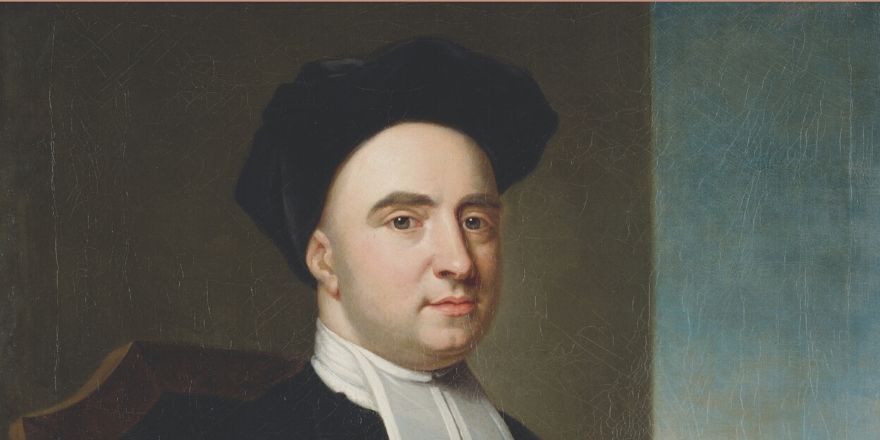
Volume 119 of Proceedings of the Royal Irish Academy is now available in print and online
08 November 2019Take a peek inside and read Angela Byrne's chapter on anonymity, Irish women’s writing, and a tale of contested authorship
Volume 119 of Proceedings of the Royal Irish Academy is now available in print edition and online. The quality of contributions to the volume illustrates the journal’s status as a leading outlet for research in Irish archaeology, history, literature and related disciplines. In this issue, historian Angela Byrne addresses the question of the authorship of two anonymous nineteenth-century novels—Blue stocking hall (1827) and Tales of my time (1829)—reattributing and reassessing them within the context of the poetry, fiction and non-fiction of the Chetwood–Wilmot circle.
Abscract: this paper addresses the question of the authorship of two anonymous nineteenth-century novels—Blue stocking hall (1827) and Tales of my time (1829). These novels were long attributed to the English Unitarian minister and writer William Pitt Scargill, but this has come into question with the suggestion that Cork-born Anna Maria Chetwood was the author. This paper examines the surviving evidence in the publisher’s archive and in the private papers of a coterie of Irish writing women associated with Chetwood to assess existing assumptions and received narratives relating to the candidates for authorship. It firstly places the novels in the wider context of Irish romanticism and then clarifies the heretofore little-known biographies of the two women most likely to have authored the novels, before considering the evidence for each woman. Finally, the novels are briefly assessed within the context of the written corpus of the Chetwood–Wilmot circle’s poetry, fiction, and non-fiction.
Dr Byrne’s article is available as a free download from JSTOR until 31 December.
Find out more about Proceedings of the Royal Irish Academy and subscribe to the journal.



